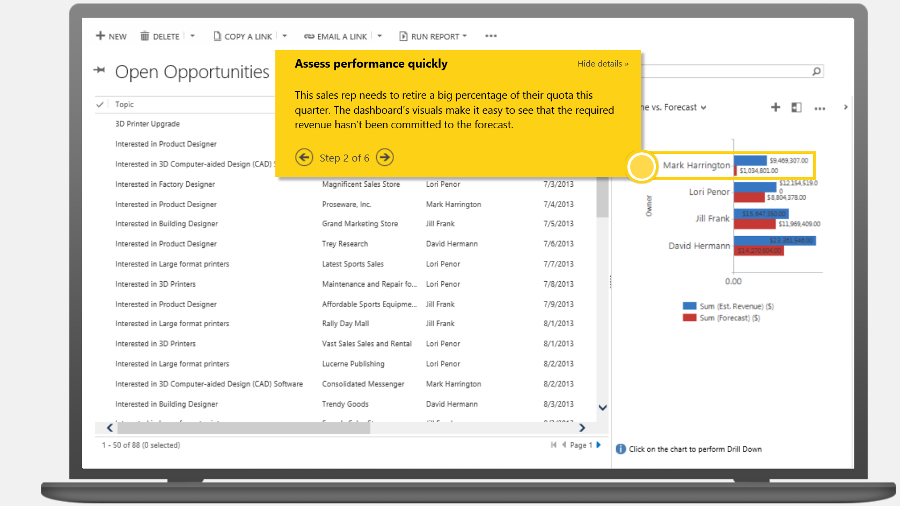How Microsoft is transforming CRM with machine learning
Machine learning unlocks how businesses work with customers

Don't think of Software-as-a-Service as being just about saving money because you don't have to buy, build and run servers. That's what first brought businesses to cloud services and it certainly matters, but the agility that cloud brings your business – and your software supplier – is more important when it comes to business software, claims Kirill Tatarinov, executive vice president of the Business Solutions Group at Microsoft.
Tatarinov observes: "Now the core driver for cloud adoption is agility, and the ability to tap into virtually unlimited computing and storage capacity, and most importantly the ability to tap into intelligence that lives in the cloud."
Agility is how Microsoft can build new features faster but also keep partners and customers up to date. "That's very important," Tatarinov points out. "The biggest issue parts of the business software industry had for years was that customers were stuck on some old version and they couldn't upgrade. The world is filled with horror stories of big ERP implementations. The cloud enables business to finally move past that and be more agile and have much more confidence and certainty in the outcomes."

Systems of innovation
Enterprise Resource Planning turns 25 this year. Those original systems, created "when the world was transforming from big expensive mainframes that not many people could afford to the time of client server," became the 'systems of record' inside companies, and the backbone of business processes.
"When mobility and the web came along, that brought with it the era of the system of engagement," Tatarinov explains. "That's when tools like CRM became separate from the big business application bundle. People started to use them to engage with customers, and with employees from the human resources side of the business."
He believes the next stage will be what he calls 'systems of innovation'. "We've now got enormous accessibility to a world of data, to a broad range of things that are instrumented, to the cloud in general, and all of that enables this system of intelligence that is much more active, that enables people to understand – through the use of tools – what they should be doing next versus looking at what they did in the past. It really enables people to make smarter decisions."
That might be scoring customer leads more intelligently so you know which are worth pursuing, or getting help preparing for meetings. "Think of analysing the profiles of the people you're about to meet, to give you recommendations about how to approach a meeting, or proactively polling people in your own organisation to gain additional insights into people's profiles," he suggests, adding quickly "to the degree that this all passes data privacy laws and regulations."
Sign up to the TechRadar Pro newsletter to get all the top news, opinion, features and guidance your business needs to succeed!
Mary (Twitter, Google+, website) started her career at Future Publishing, saw the AOL meltdown first hand the first time around when she ran the AOL UK computing channel, and she's been a freelance tech writer for over a decade. She's used every version of Windows and Office released, and every smartphone too, but she's still looking for the perfect tablet. Yes, she really does have USB earrings.